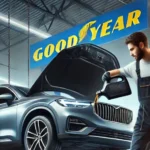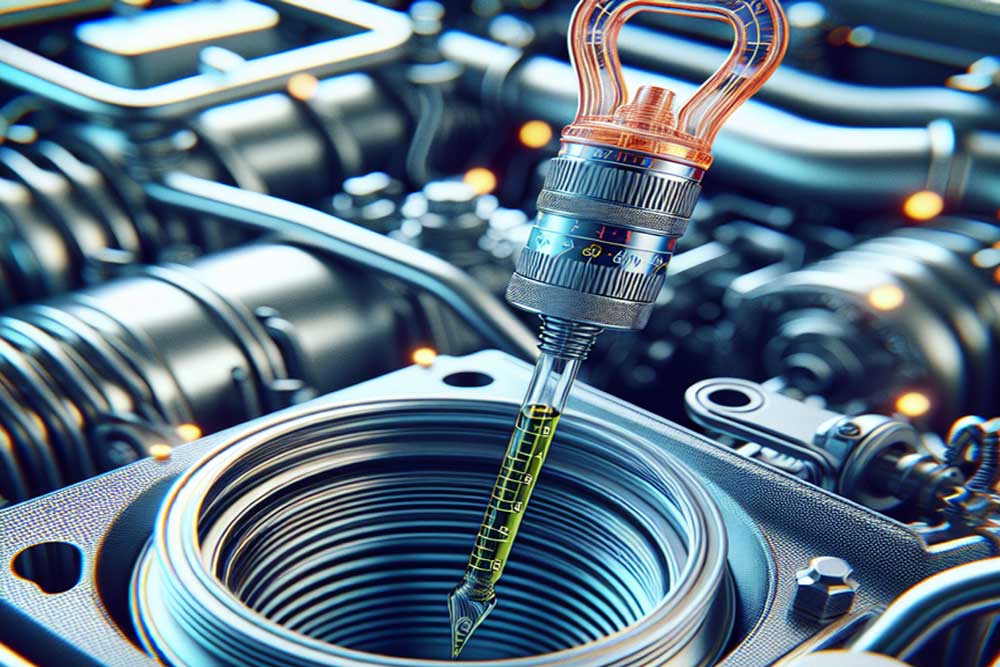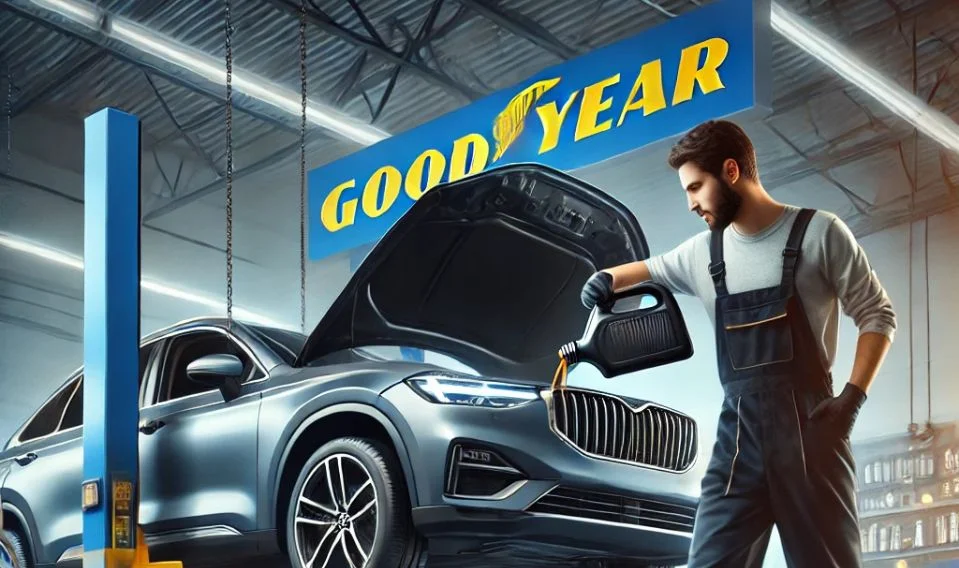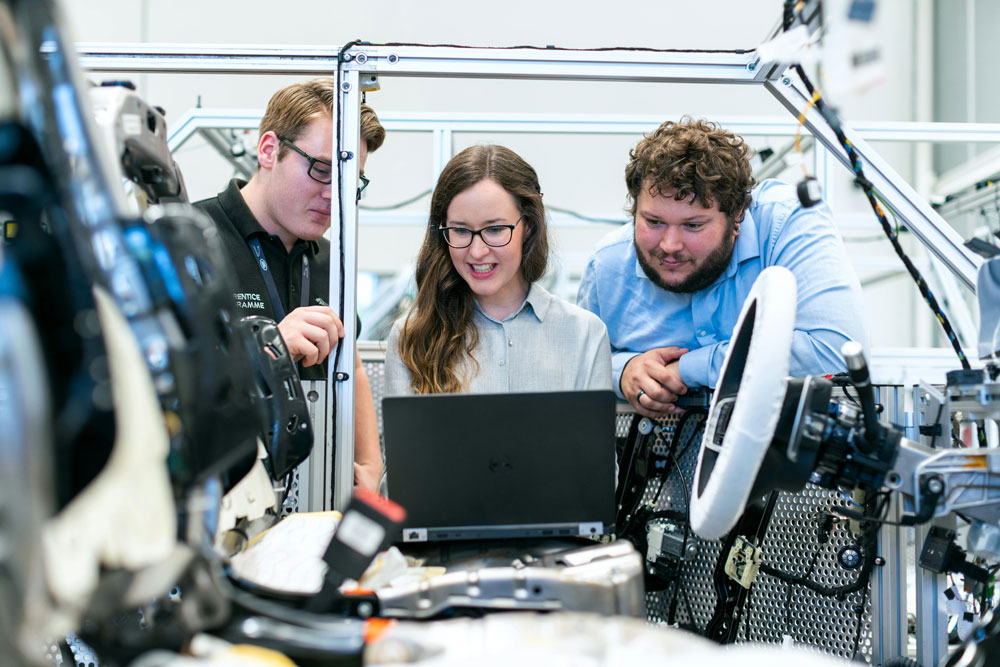Emergency vehicles must be recognizable to fulfill their purpose: keeping the public safe. It’s widely accepted that a few important factors contribute to this; perhaps the most significant is the design and maintenance of emergency vehicle graphics.
Whether it`s a police car, fire truck, security vehicle, or ambulance, clear and visible graphics ensure these vehicles are identifiable by the public and other road users, even from a distance.
This post will cover critical design and maintenance factors to ensure emergency vehicle graphics are visible and durable while maintaining safety.
Understanding the Importance of Emergency Vehicle Graphics
Emergency vehicles must stand out—whether responding to a call during the day or at midnight. Graphics help by using colors, patterns, and materials that grab the eye and communicate authority.
Reflective materials are often used in low-light conditions or when headlights hit the vehicle.
Of course, emergency vehicles typically carry vital messaging, namely, identifying information. Good design can communicate all of this while keeping the vehicle highly visible.
Color Choices and Reflectivity for Maximum Impact
One of the most crucial features of emergency vehicle design is color choice. Red, blue, or fluorescent yellow-green are typically bright and easy to see against the backdrop of an urban or rural landscape.
The reflective elements increase visibility in low-light conditions or bad weather by making the vehicle visible at a distance, even when natural light is unavailable.
Combining reflective graphics with the appropriate lighting systems creates an immediate, eye-catching effect. It instantly makes other road users aware of an emergency vehicle’s presence and prompts them to take the appropriate action.
Font and Lettering Styles for Clear Communication
Color and reflectivity are important in making emergency vehicle graphics visible, but the font choice is also crucial to the design’s legibility.
Best practice is to use bold, simple, and serif-free font styles, which are more easily read quickly, especially at a distance or when a vehicle is in motion.
Lettering should also be sized appropriately; too small, and it may be difficult to read, but too large, and it risks taking up valuable space in the design.
Lettering is placed on the sides, backside, and sometimes the roof (for aerial visibility). The text should contrast with the background’s color to be easily read. For example, white or light text against dark colors and black or dark text against lighter colors.
Incorporating Department Branding and Symbols
Many emergency departments have their own branding, such as logos, badges, and symbols. If department and community awareness are needed, these can be incorporated into the vehicle graphics.
Logos and symbols can also be used. However, be careful not to overdo these elements. The design should be clean and streamlined to keep the vehicle’s appearance professional and functional.
Keeping Safety at the Forefront of Emergency Vehicle Graphic Design
Safety is always the first concern. A graphic on an emergency vehicle must always be visually pleasing but cannot interfere with the vehicle’s function. This includes windows, lights, and sirens.
The graphic must be in a location that does not obscure the driver’s view or cover vital equipment on the vehicle.
Also, contrast is essential. The greater the contrast between the vehicle’s graphic markings and the backdrop of the environment within which it is situated, the more likely it will be conspicuous.
For example, a fire truck in a cityscape will be more easily seen with bright, contrasting colors than if painted to blend in with its surroundings.
Maintenance Tips for Long-Term Visibility
After the graphics are in place, they also require maintenance throughout their lifespan to keep them visible.
At some point in their life, exposure to the outdoor environment, such as dust and dirt, chemicals, and UV rays, can begin to degrade the quality of the graphics.
Keeping the graphics visible and sharp requires the following steps:
Maintenance: The graphics should be washed regularly to keep them bright and legible. When cleaning writing on the windscreen and windows, use only mild, non-abrasive soaps, soft brushes, or microfibre cloths.
No Harsh Chemicals: Acetone, petroleum-based cleaners, strong aerosol cleaners, and de-icers can break down the adhesive, make the vinyl graphics fade or peel, or damage the laminate.
Whenever possible, use manufacturer-recommended cleaners to preserve the graphics of your vehicles.
UV Protection: Prolonged exposure to sunlight can cause the graphics’ color to fade. For that reason, many manufacturers suggest using UV-resistant films or coatings to block harmful rays.
Try to park your fleet in the shade, under cover, or in a garage whenever possible.
Regular Inspections and Timely Repairs
Vehicle graphics should be inspected regularly for peeling, bubbling, and cracking, which will occur over time and use. This is particularly true in climates that experience high heat and humidity.
The damaged portion can be repaired immediately, preventing a minor issue from escalating into a larger one. Small areas of peeling or bubbling can often be repaired with vehicle graphic repair kits to restore adhesion and appearance.
More extensive damage may require the replacement of full-size graphics to maintain the vehicle’s visibility and professional appearance.
Following Manufacturer Guidelines for Long-Term Durability
The type of material used for each emergency vehicle graphic is different. Crews should follow the manufacturer’s cleaning, maintenance, and repair instructions.
These are tailored to the material used and give recommendations for extending the life of the graphics and ensuring they remain in optimal condition for as long as possible.
Conclusion: Expert Help with Emergency Vehicle Graphics
The design and maintenance of emergency vehicle graphics are vital for their safety and visibility.
If the graphics are effective, vehicles can be recognized at a distance, and the operators of emergency vehicles can perform their duties without unnecessary delay or confusion.
The vehicle should be kept clean, the graphic protected from chemicals and ultraviolet (UV) exposure, and the graphic and vehicle should be checked regularly.
Care must also be taken to follow the manufacturer’s recommendations for the graphics. Otherwise, the graphics won’t hold up over time.
With proper care and maintenance, emergency vehicles will continue to be well-marked and effective at communicating the vital information they carry everywhere they go, whether on the road or at a scene.
Contact Graphic Designs International to learn more about visible and effective emergency vehicle graphics.
Since 1994, GDI Graphics has provided best-in-class fleet graphics and signage to public safety departments. It works with clients across Florida, the United States, the US Territories, and the Caribbean.











